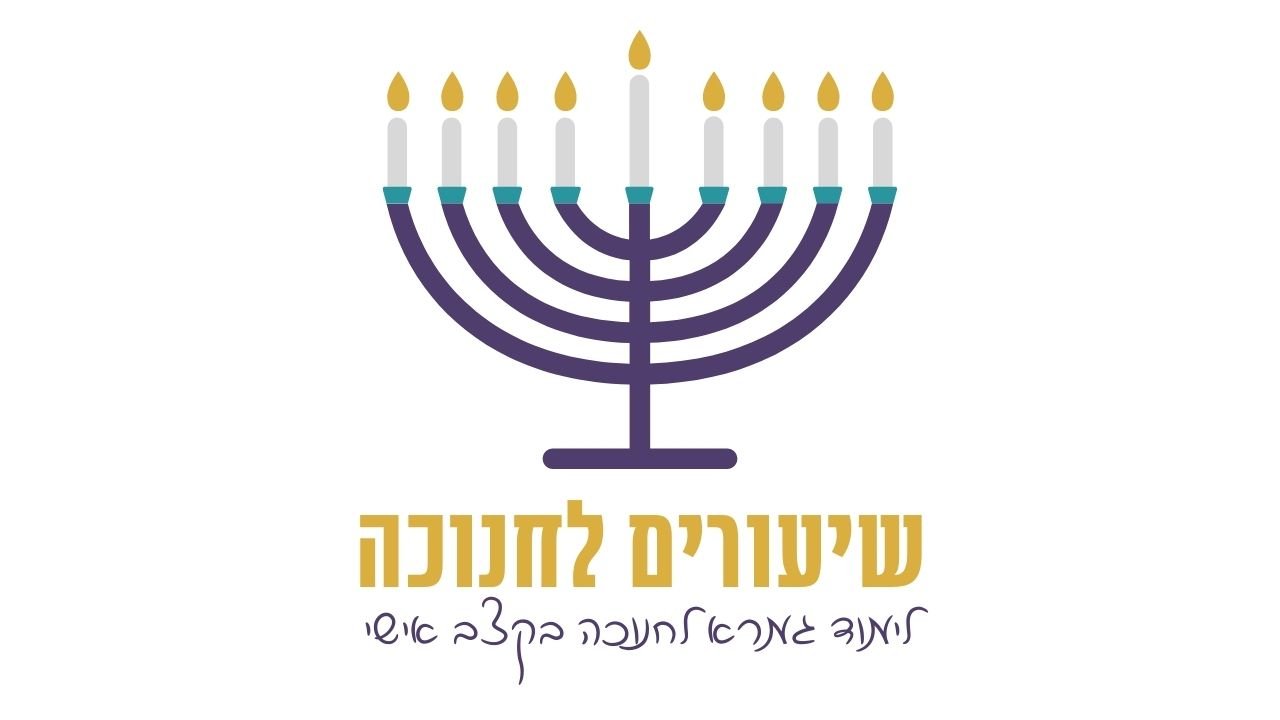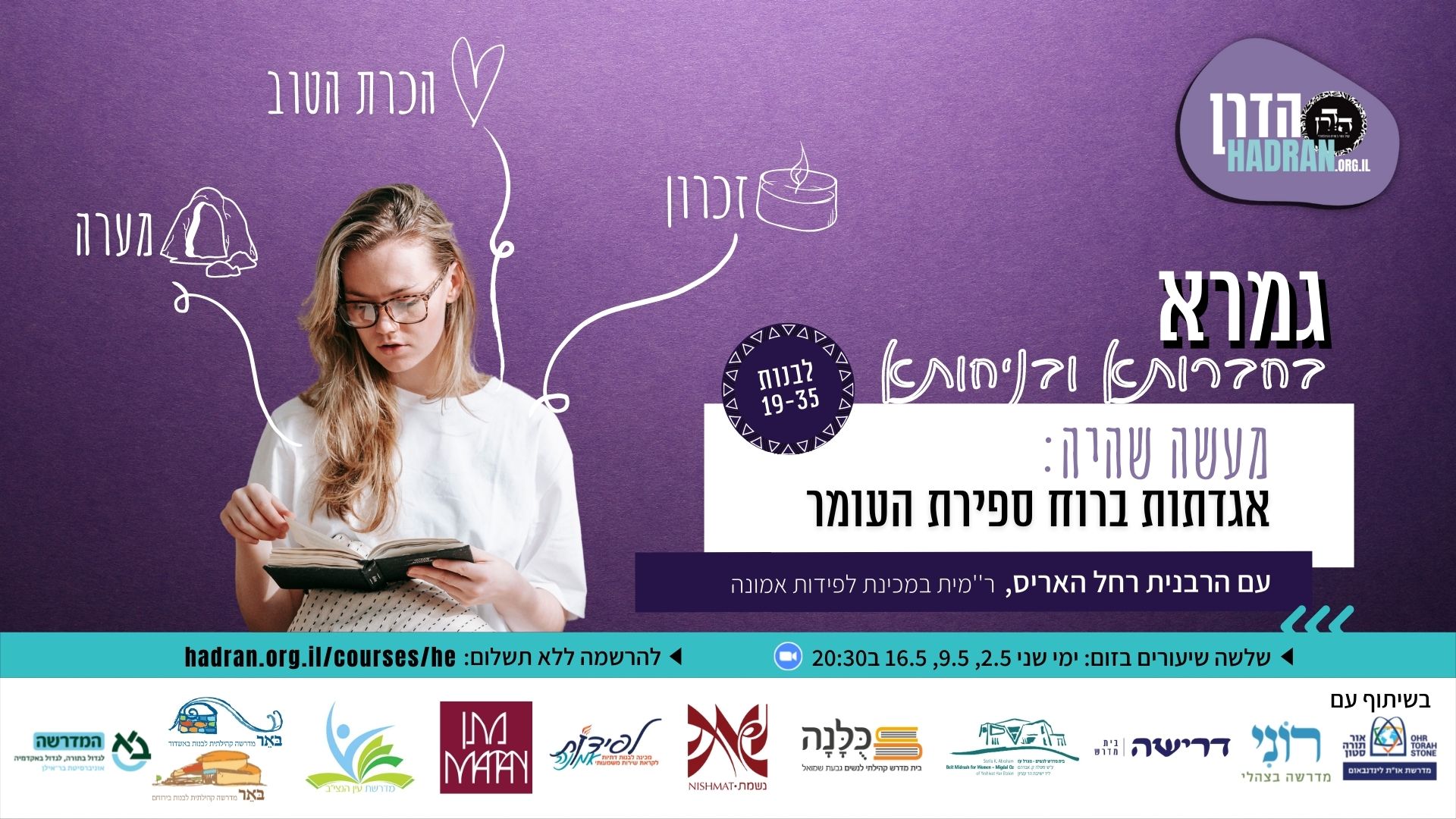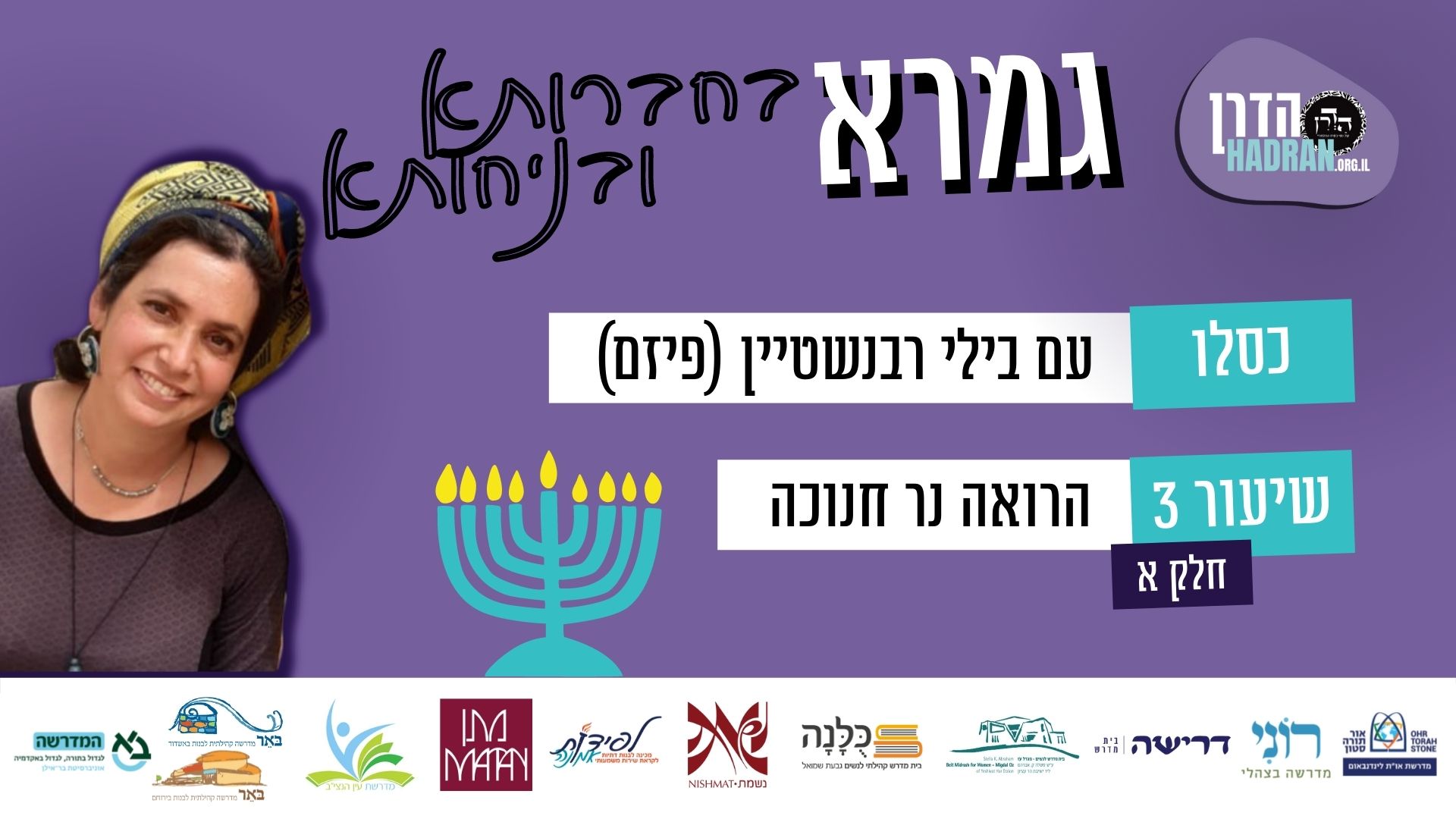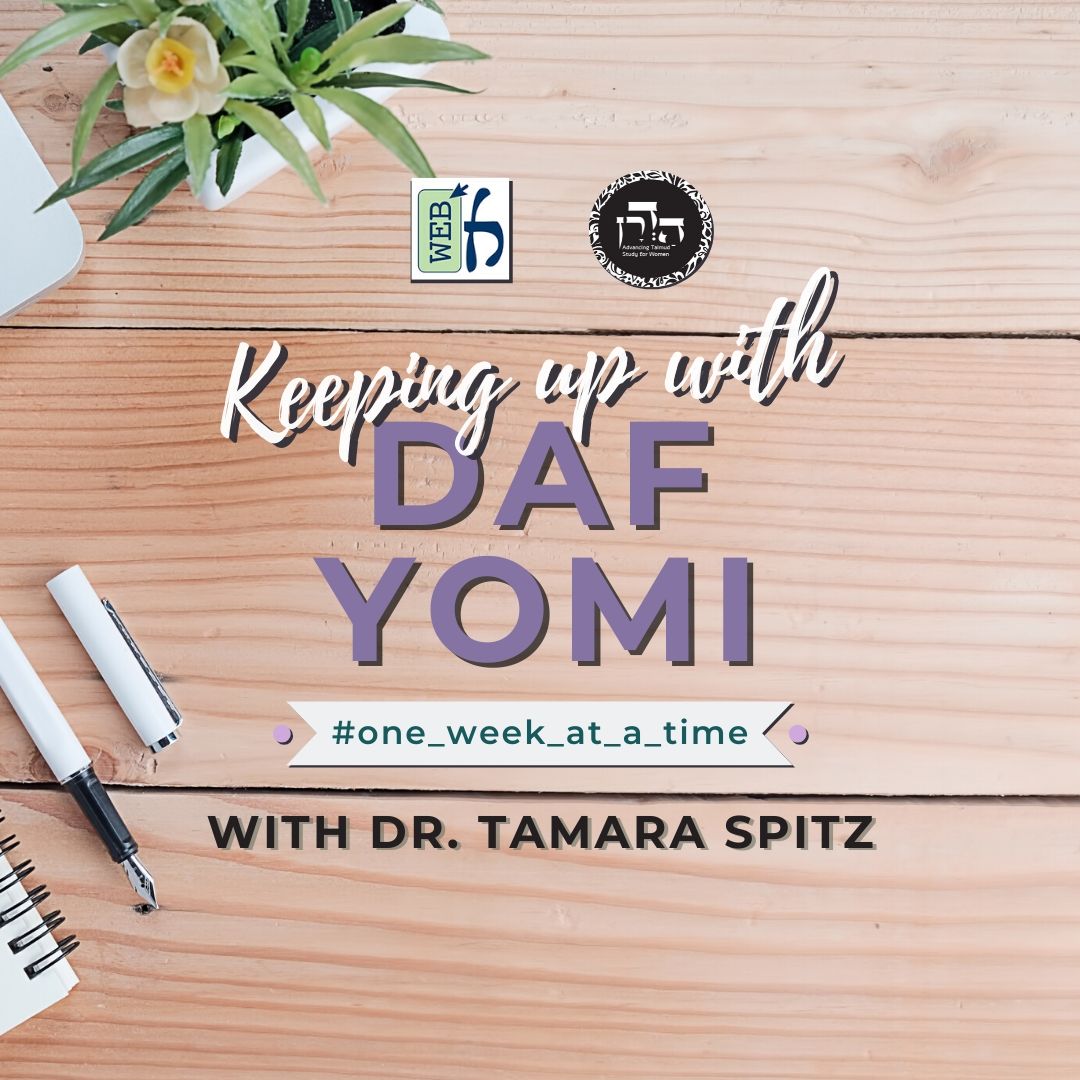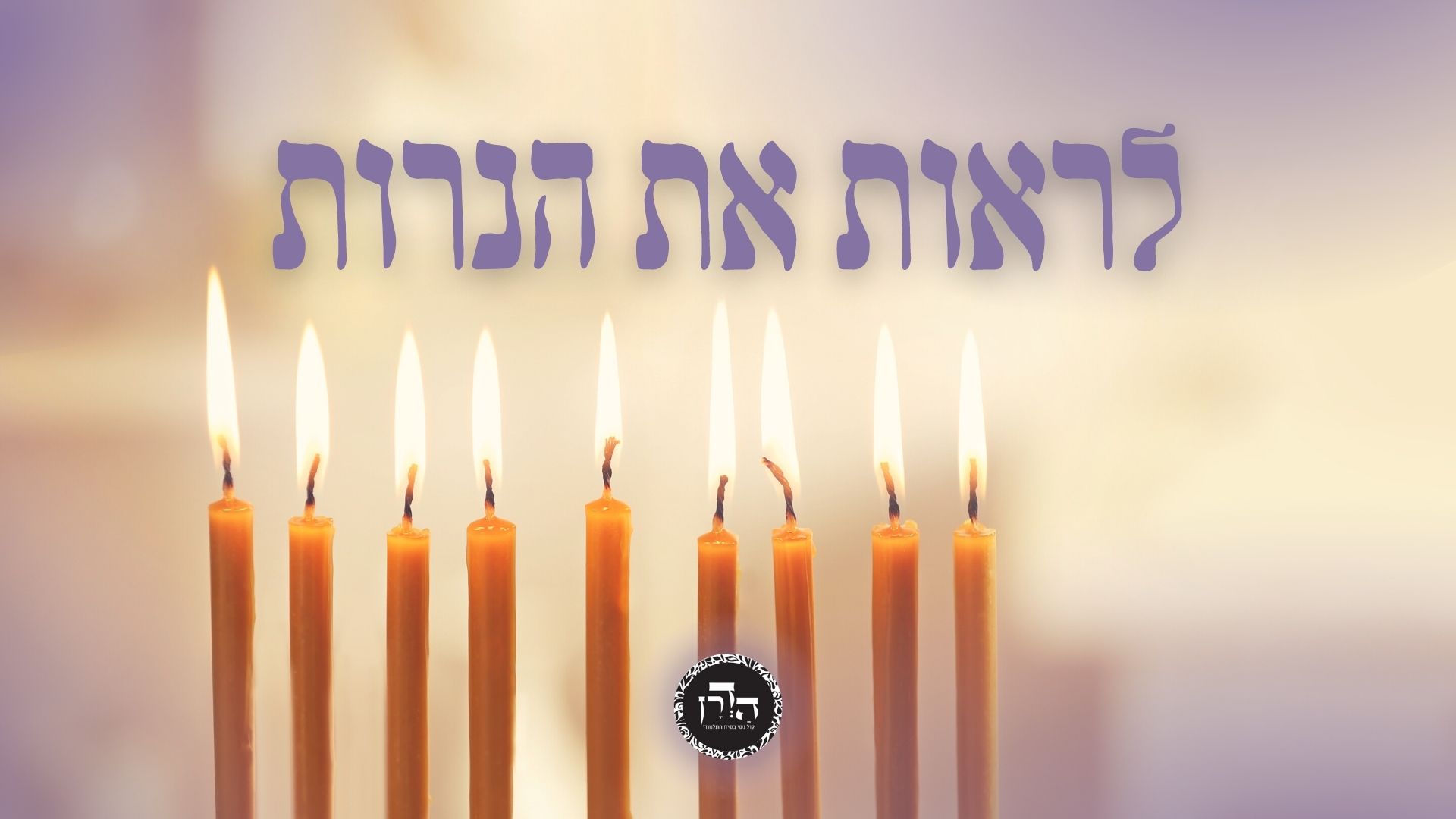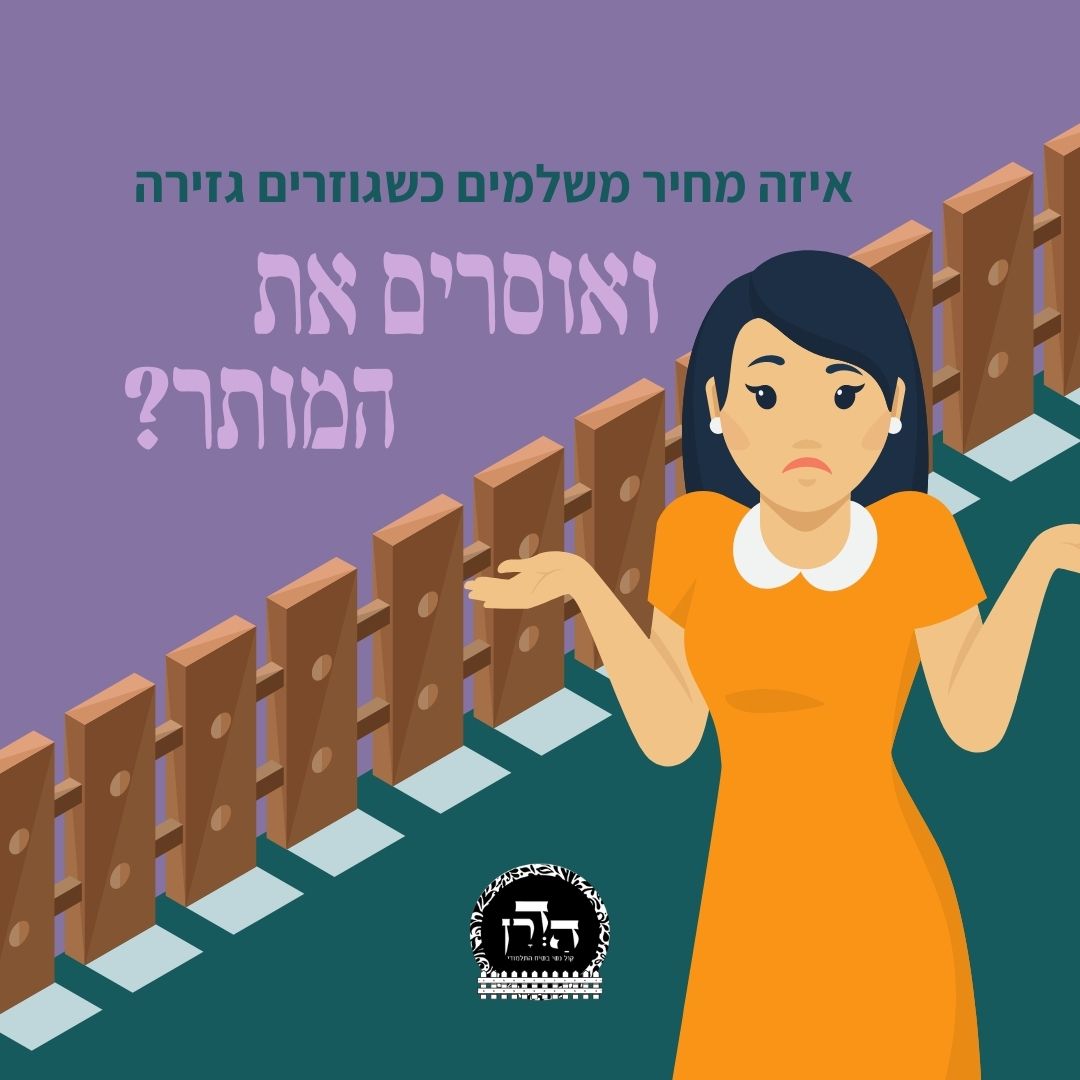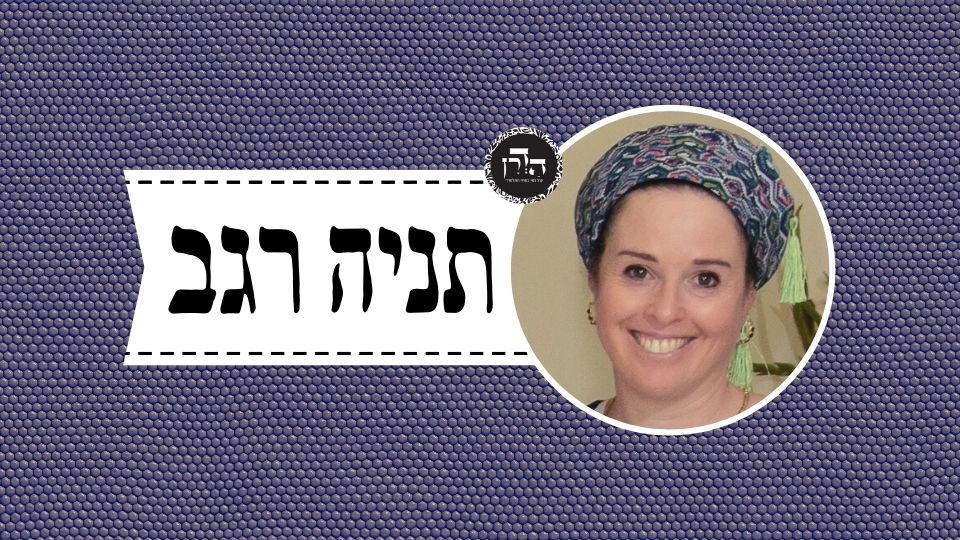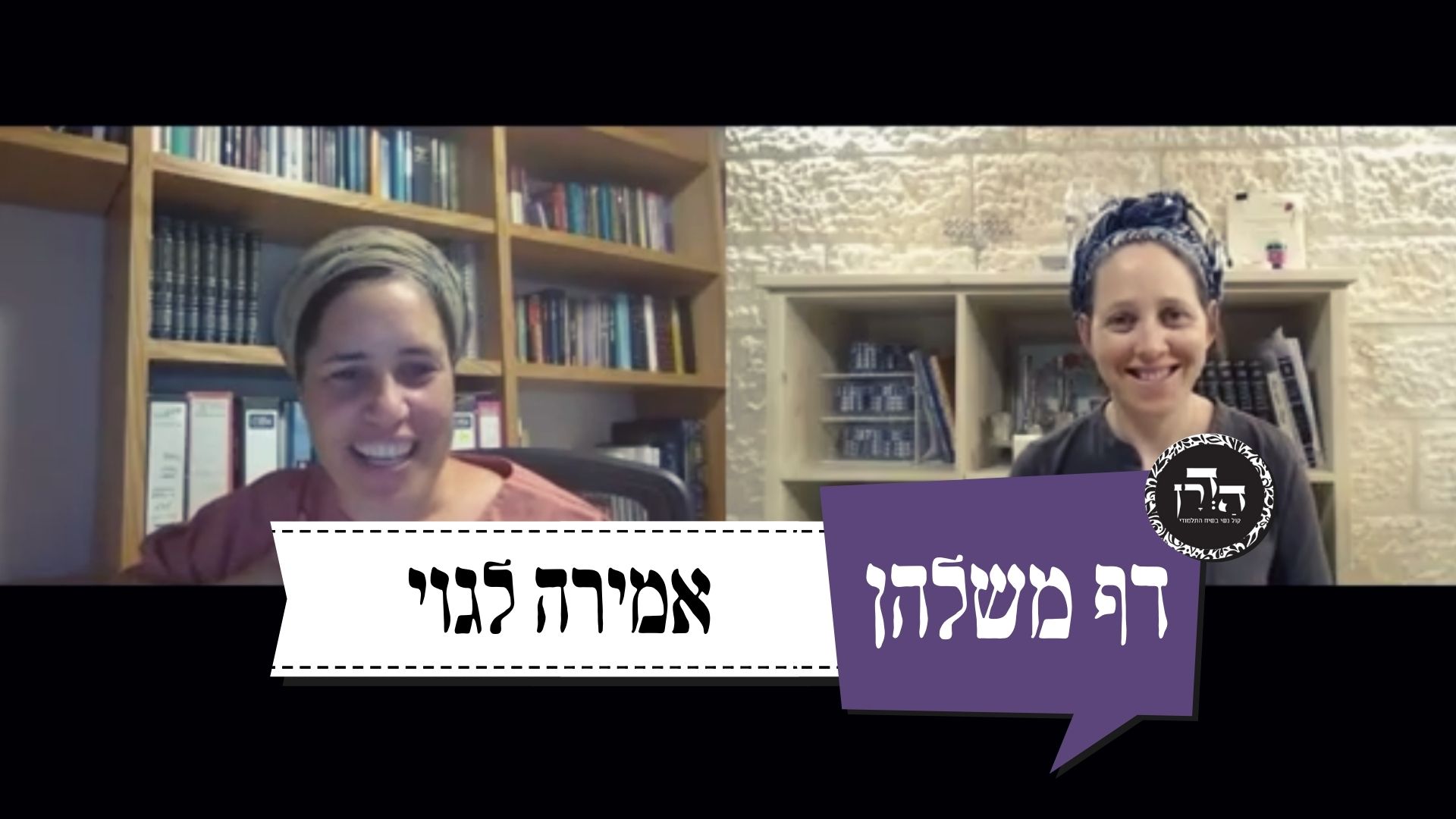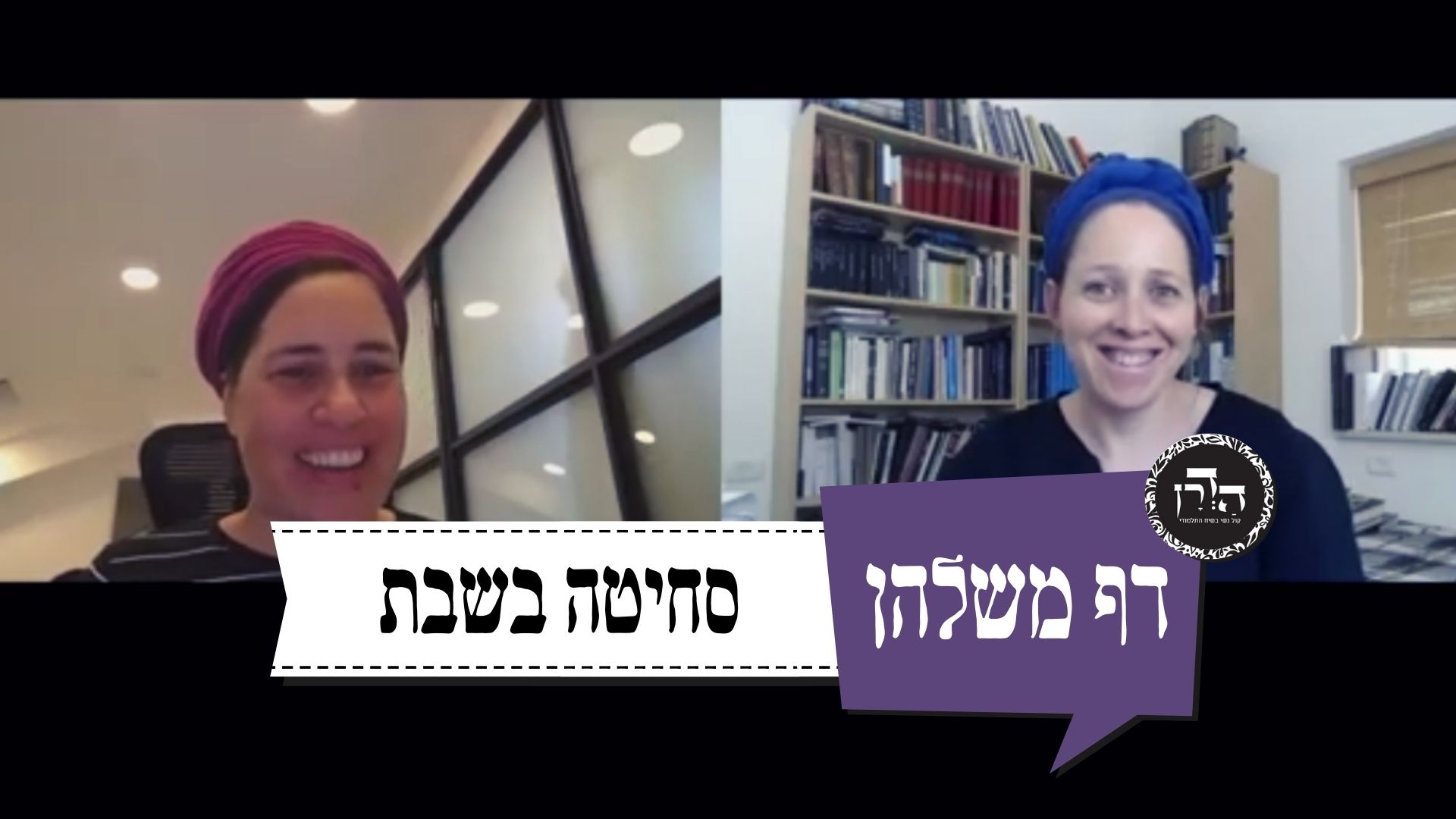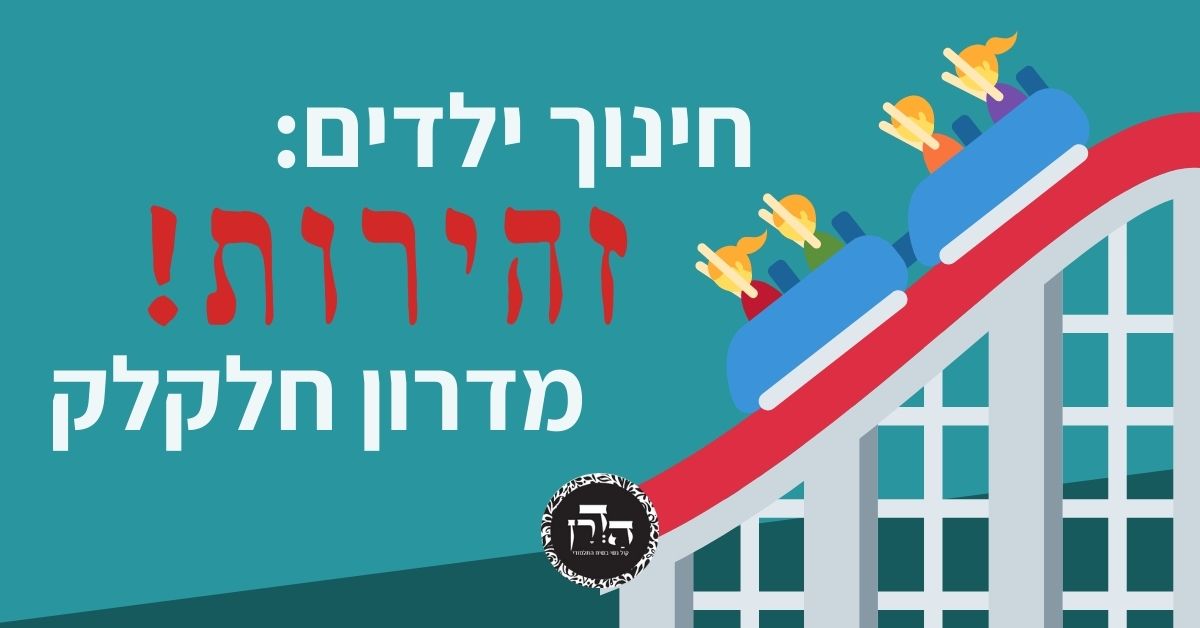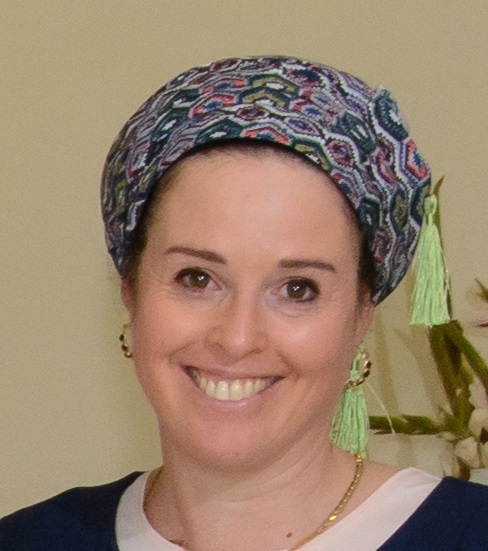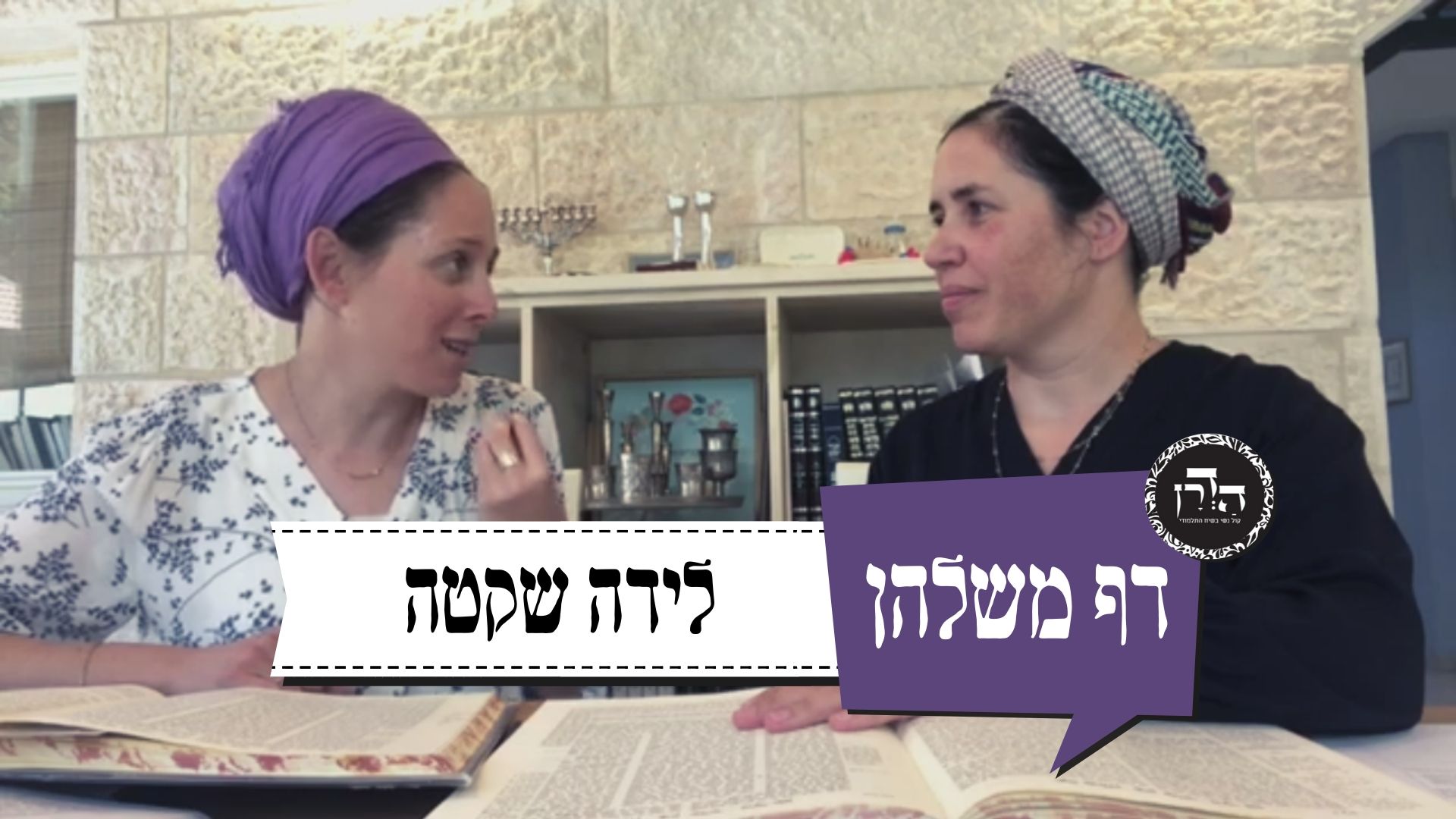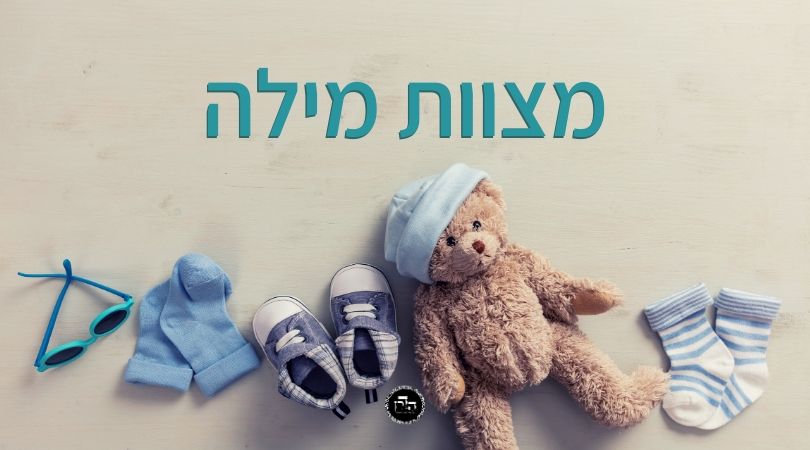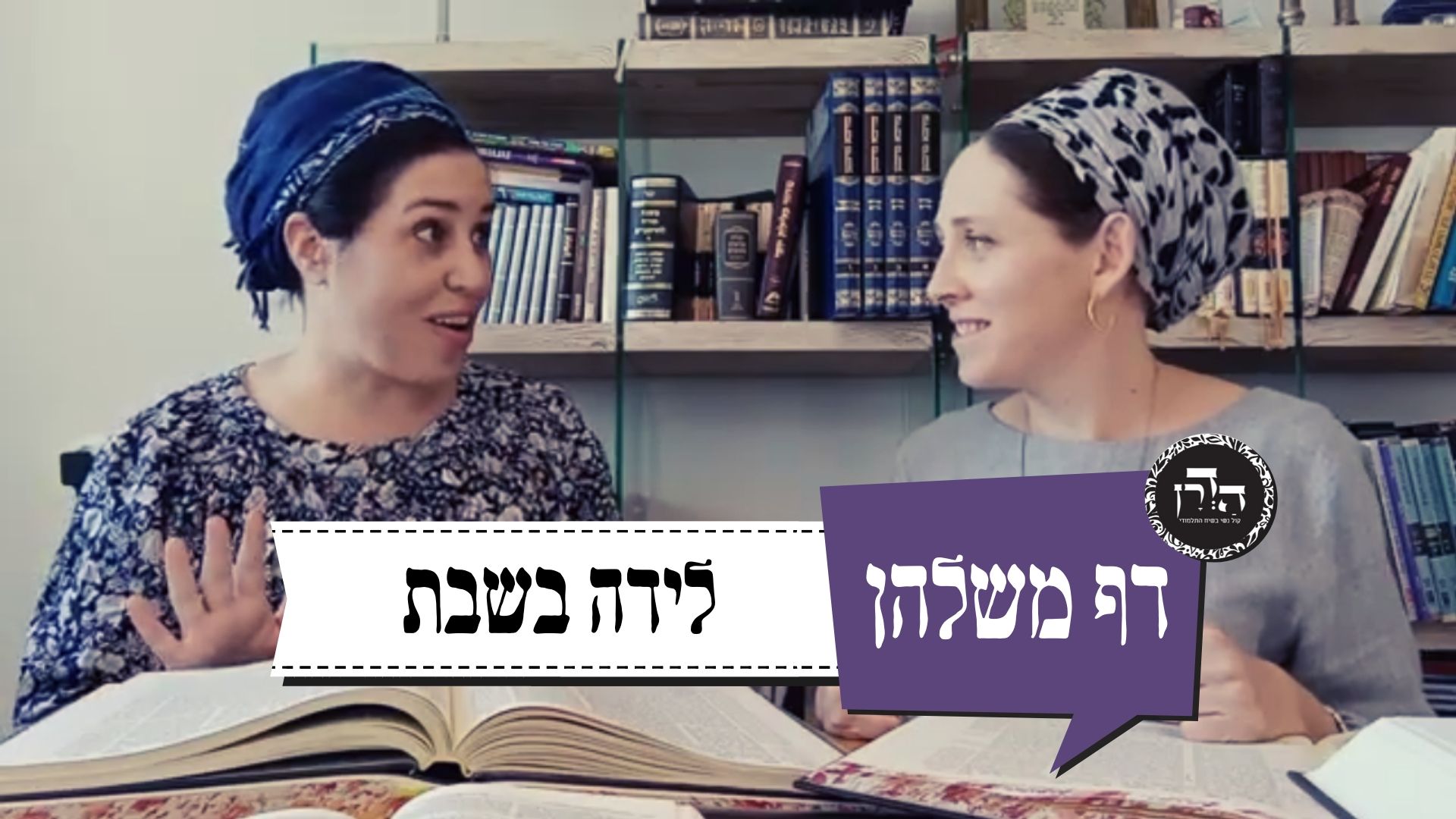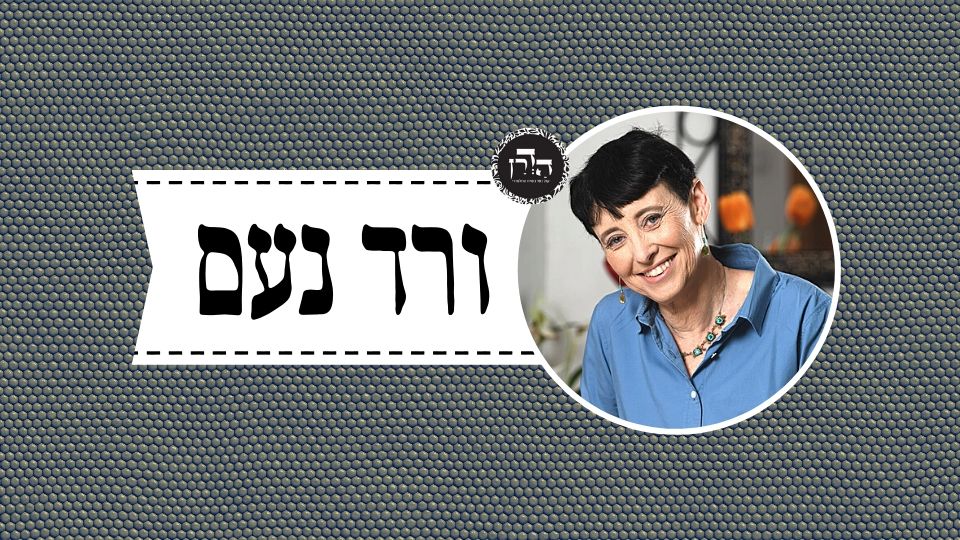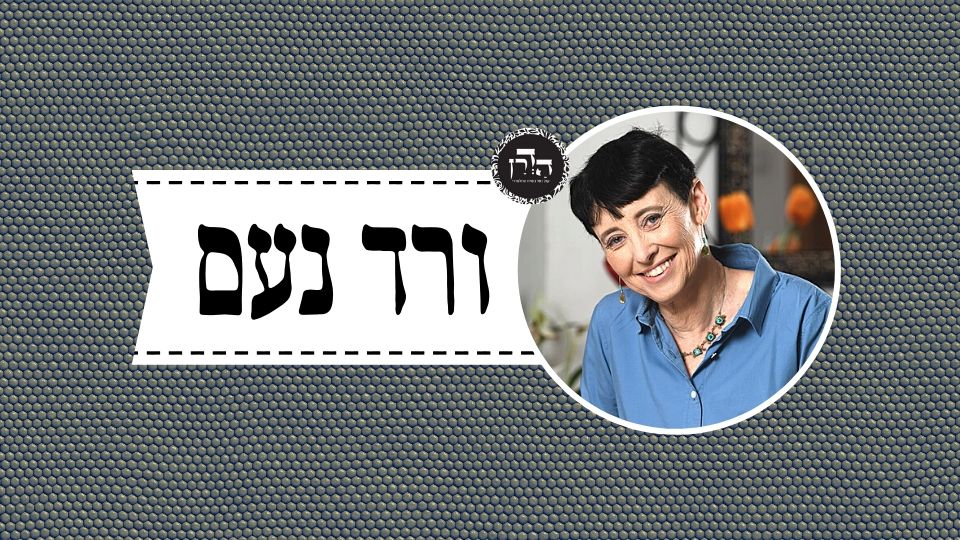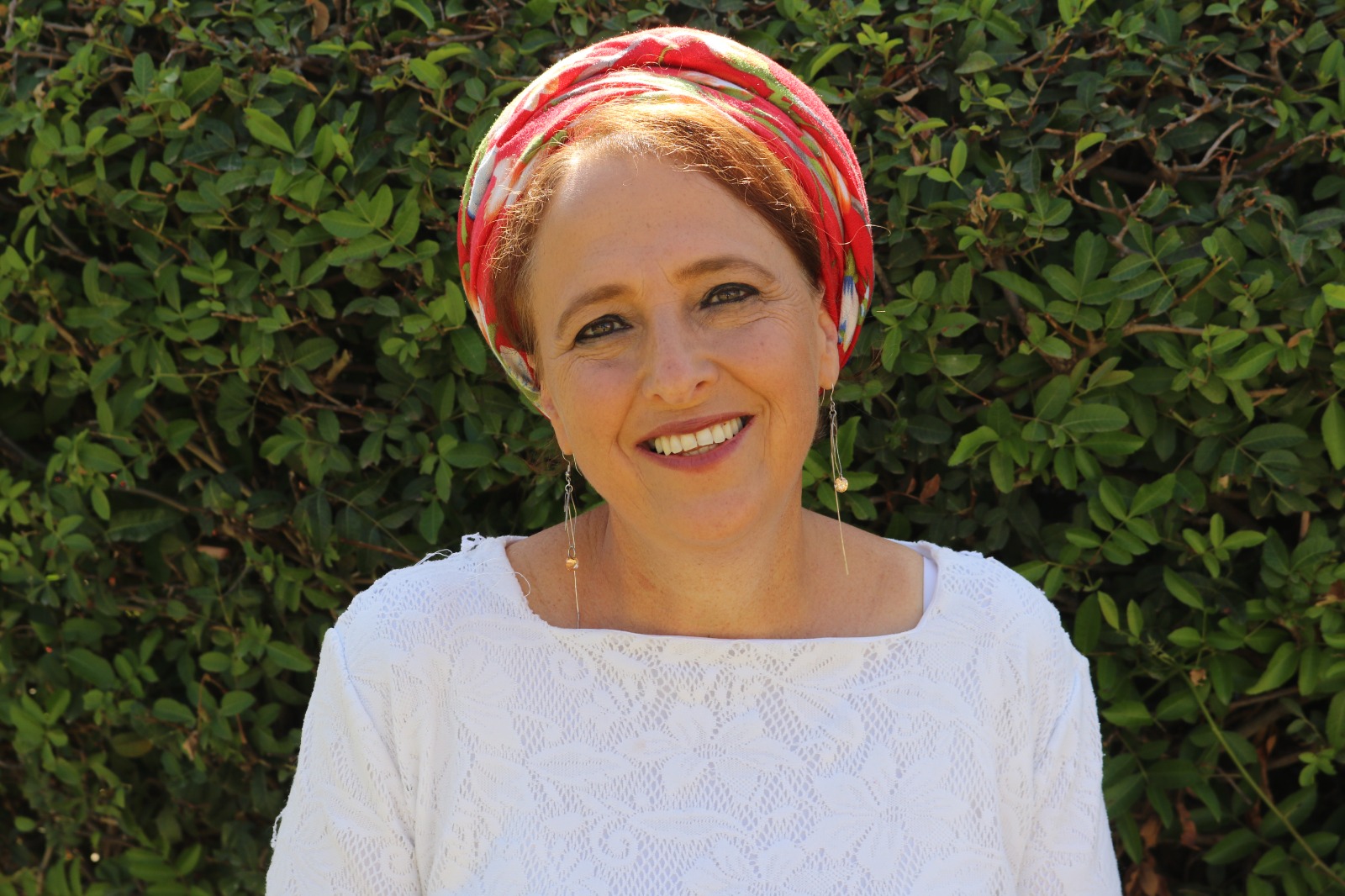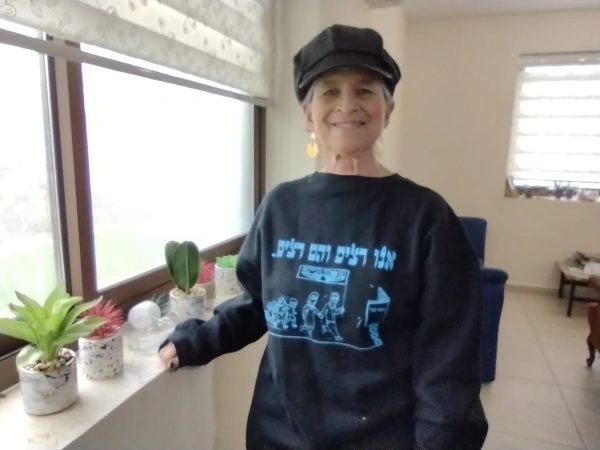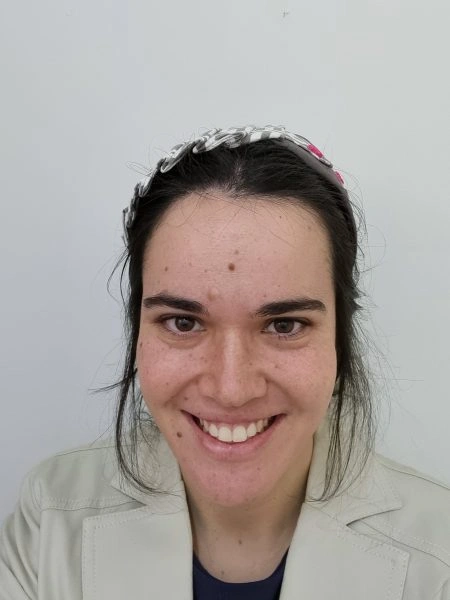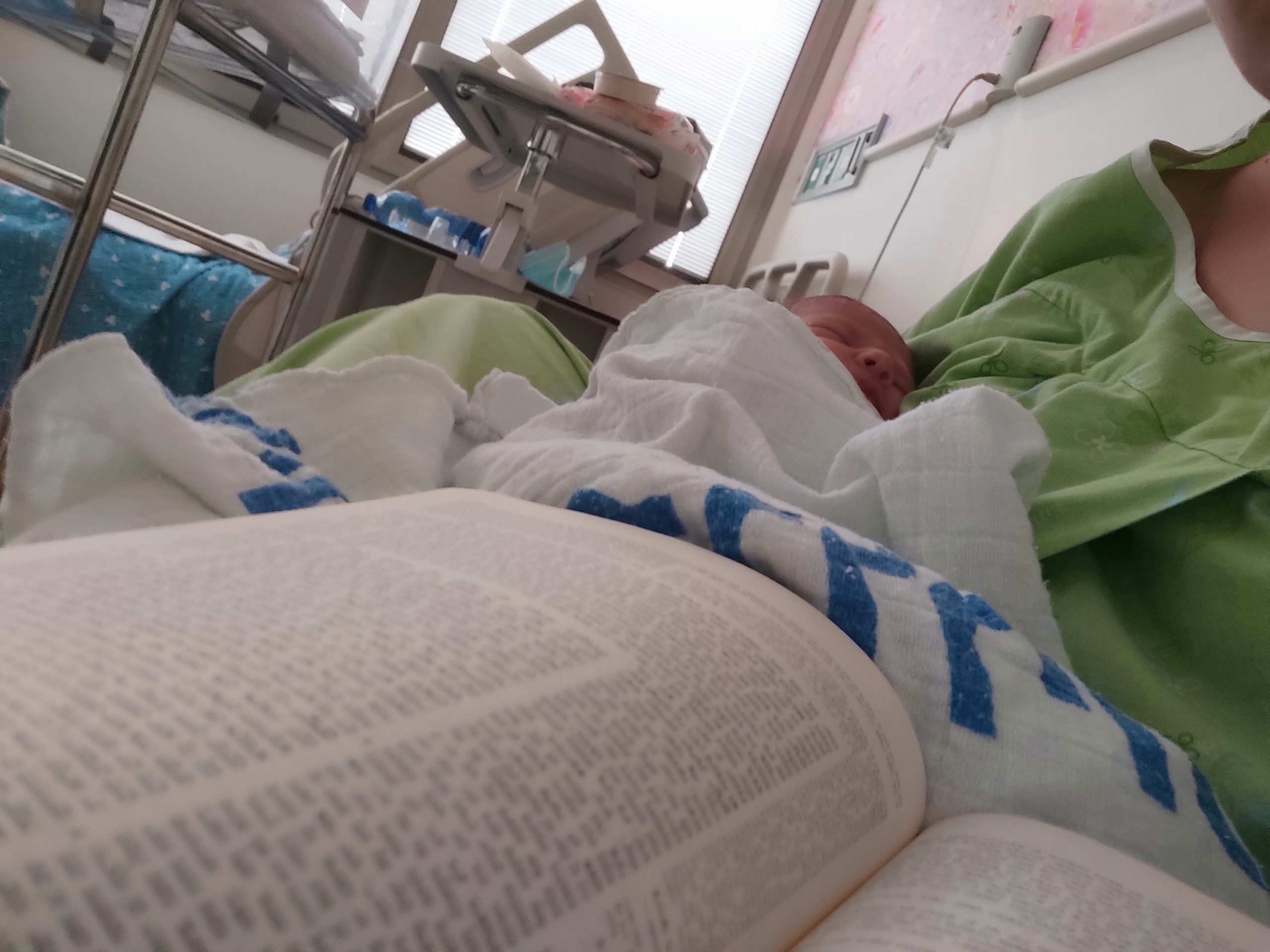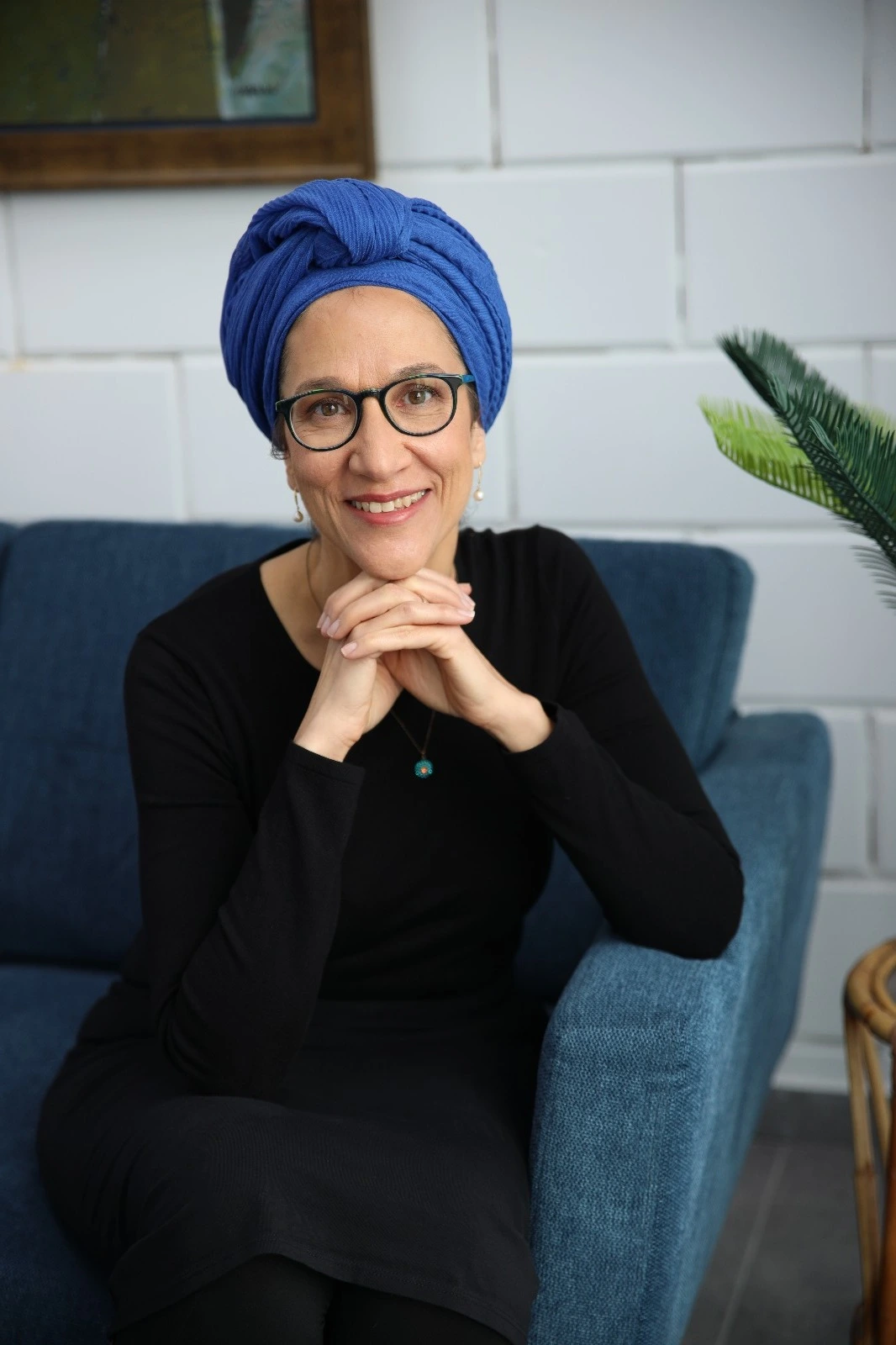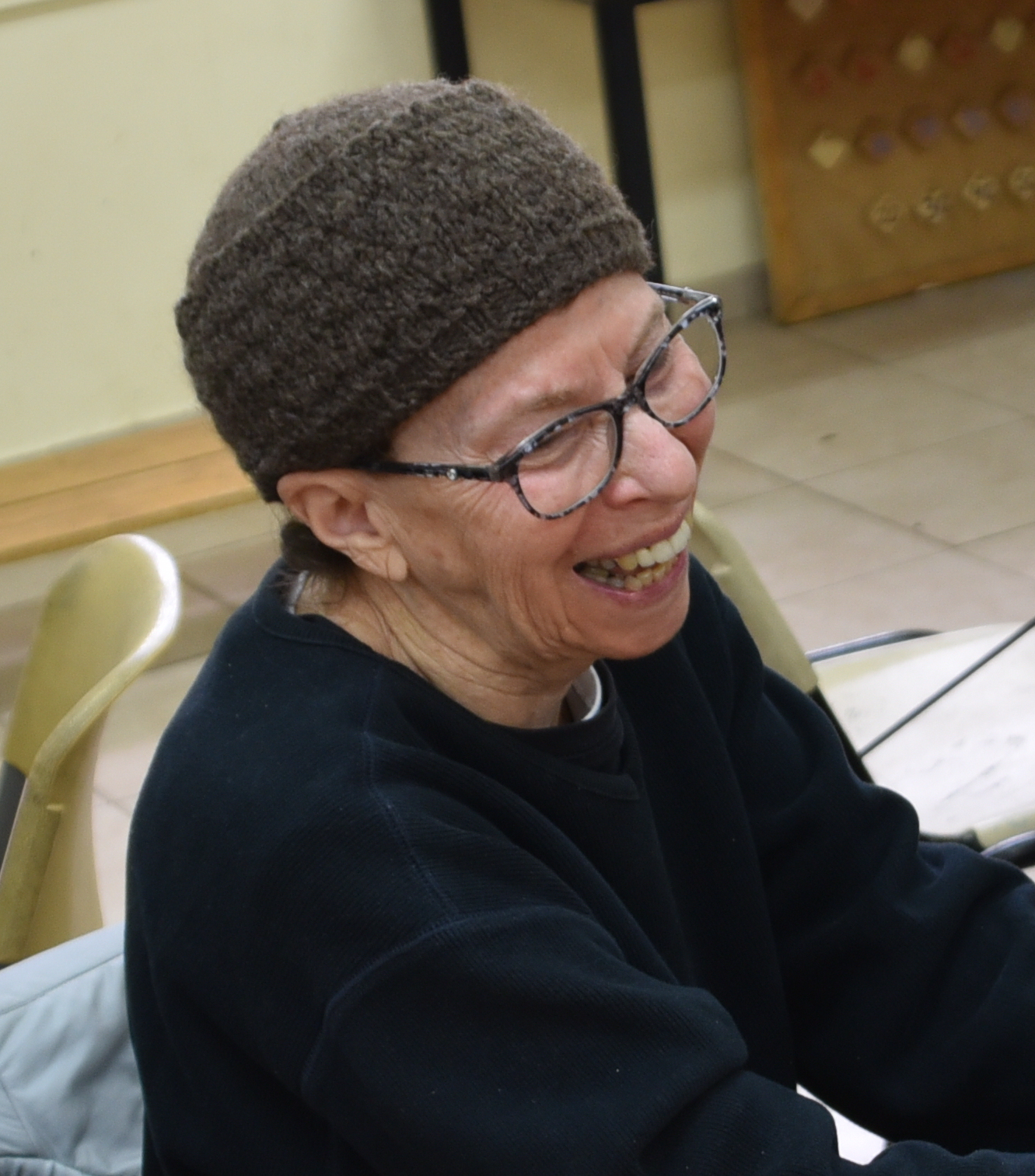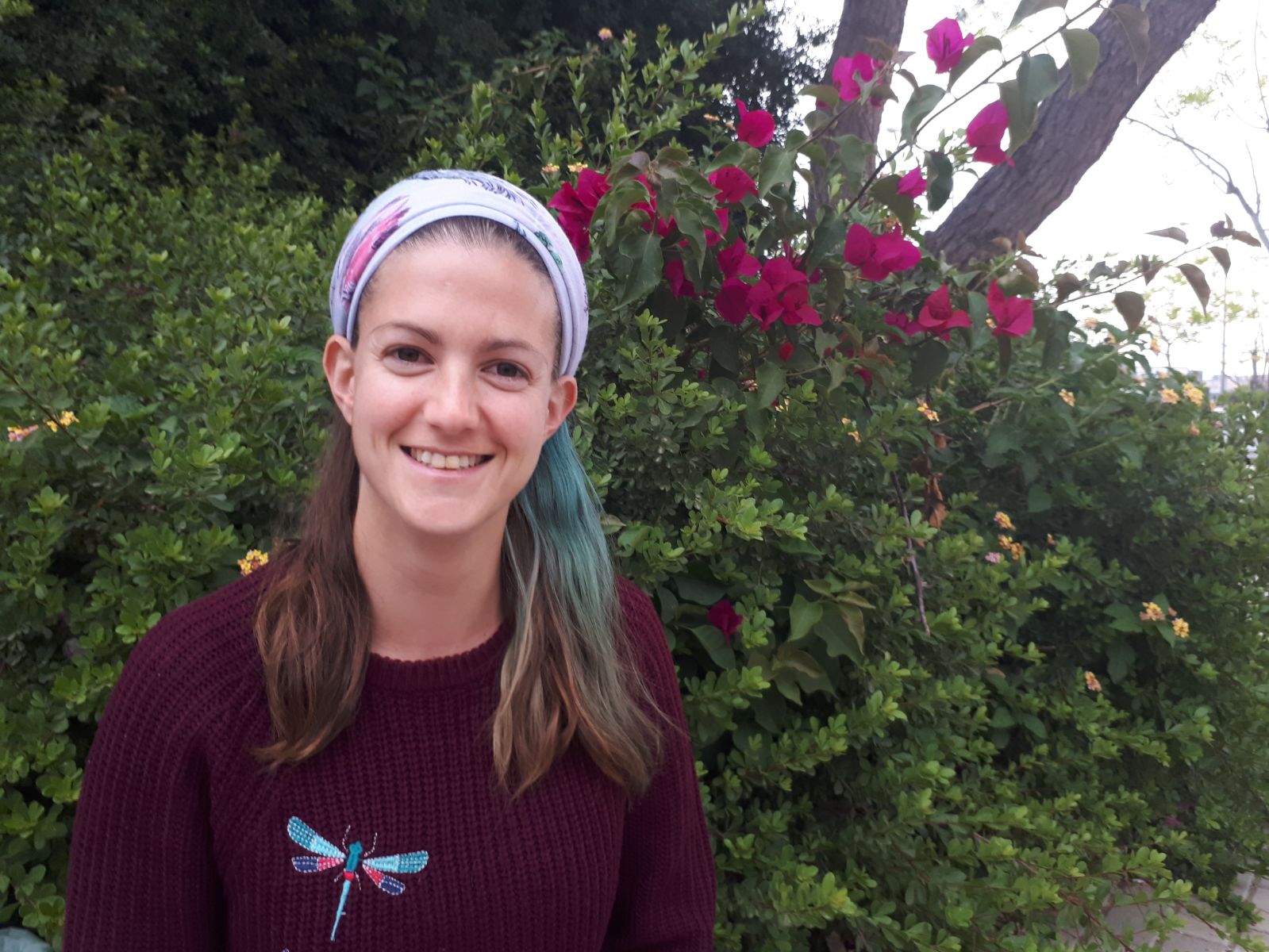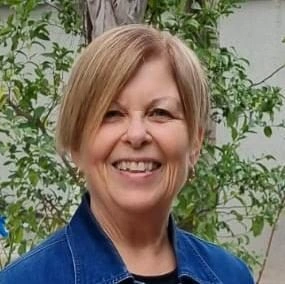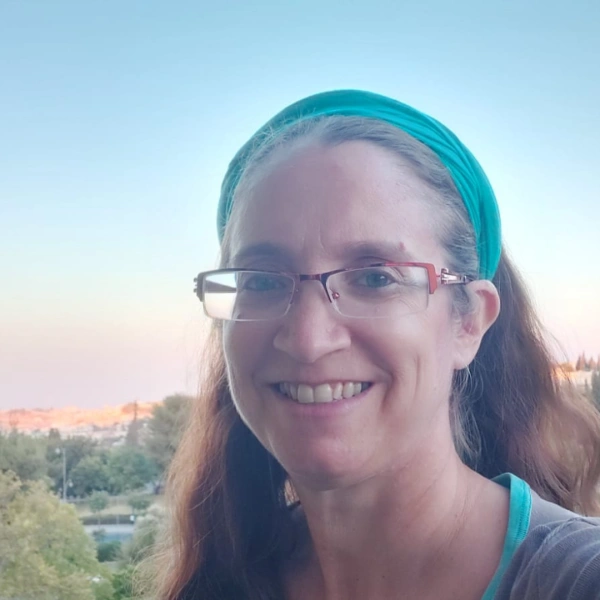שבת כ
וּבַגְּבוּלִין, כְּדֵי שֶׁתֶּאֱחוֹז הָאוּר בְּרוּבּוֹ. רַבִּי יְהוּדָה אוֹמֵר: בְּפֶחָמִין — כׇּל שֶׁהוּא.
And, however, in the outlying areas, meaning in all of Eretz Yisrael outside the Temple, it is prohibited to light a bonfire on Shabbat eve, unless there is sufficient time for the fire to take hold in most of the bonfire, while it is still day. Rabbi Yehuda says: With a bonfire of coals, even in the outlying areas one is permitted to light the fire on Shabbat eve at nightfall, even if the fire only spread to any amount of the bonfire. The coals, once they are kindled, will not be extinguished again, and there is no concern lest he come to tend to them on Shabbat.
גְּמָ׳ וְכַמָּה? אָמַר רַבִּי אֶלְעָזָר אָמַר רַב: כְּדֵי שֶׁיִּצּוֹלוּ מִבְּעוֹד יוֹם כְּמַאֲכָל בֶּן דְּרוֹסַאי. אִיתְּמַר נָמֵי, אָמַר רַב אַסִּי אָמַר רַבִּי יוֹחָנָן: כׇּל שֶׁהוּא כְּמַאֲכָל בֶּן דְּרוֹסַאי, אֵין בּוֹ מִשּׁוּם בִּישּׁוּלֵי גוֹיִם. תַּנְיָא חֲנַנְיָא אוֹמֵר: כׇּל שֶׁהוּא כְּמַאֲכָל בֶּן דְּרוֹסַאי — מוּתָּר לְהַשְׁהוֹתוֹ עַל גַּבֵּי כִּירָה וְאַף עַל פִּי שֶׁאֵין גְּרוּפָה וּקְטוּמָה.
GEMARA: We learned in the mishna that one may only roast meat and other food items if there remains sufficient time so that they could be roasted while it is still day. The Gemara asks: And how much do they need to be roasted in order to be considered sufficient, so that it will be permitted to complete their cooking afterward? Rabbi Elazar said that Rav said: So that they will be roasted while it is still day like the food of ben Drosai, which was partially roasted. Ben Drosai was a robber and pursued by all. He could not wait for his food to roast completely, so he sufficed with a partial roasting. It was also stated by another of the Sages, as Rav Asi said that Rabbi Yoḥanan said: Anything that is already cooked like the food of ben Drosai by a Jew, no longer has a problem of the cooking of gentiles. If a gentile completed cooking this food, it is, nevertheless, permitted to eat, even though, as a rule, it is prohibited to eat food cooked by gentiles. It was taught in a baraita, Ḥananya says: With regard to anything that is already cooked like the food of ben Drosai, it is permitted to keep it on the stove on Shabbat and even though this stove is not swept of coals and the burning coals are not covered with ashes. Since the food was already cooked to that extent, there is no concern that he will come to stoke the coals.
אֵין נוֹתְנִין אֶת הַפַּת כּוּ׳: אִיבַּעְיָא לְהוּ, תַּחְתּוֹן הַאיְךְ דְּגַבֵּי תַנּוּר, אוֹ דִילְמָא תַּחְתּוֹן הַאיְךְ דְּגַבֵּי הָאוּר? תָּא שְׁמַע, רַבִּי אֱלִיעֶזֶר אוֹמֵר: כְּדֵי שֶׁיִּקְרְמוּ פָּנֶיהָ הַמְדוּבָּקִין בַּתַּנּוּר.
We learned in the mishna that one may only place bread in the oven on Shabbat eve at nightfall if there remains sufficient time for its surface to form a crust while it is still day. According to Rabbi Eliezer, it is permitted to place bread in the oven on Shabbat eve while it is still day if there remains enough time for a crust to form on its bottom side. A dilemma was raised before them: With regard to the bottom mentioned in the mishna, is it that side close to the oven, or perhaps is it the bottom that is close to the fire? Come and hear a resolution to this dilemma from what was taught in a baraita that Rabbi Eliezer says explicitly: So that its surface that is stuck to the oven will form a crust.
מְשַׁלְשְׁלִין אֶת הַפֶּסַח: מַאי טַעְמָא? — מִשּׁוּם דִּבְנֵי חֲבוּרָה זְרִיזִין הֵן. הָא לָאו הָכִי לָא?! וְהָאָמַר מָר: גַּדְיָא בֵּין שְׁרִיק בֵּין לָא שְׁרִיק — שַׁפִּיר דָּמֵי! הָתָם מִינְּתַח, הָכָא לָא מִינְּתַח.
We learned in the mishna that one may lower the Paschal lamb into the oven on Shabbat eve at nightfall. The Gemara explains: What is the reason that this was permitted? Because the people of the group who registered to be counted together for the offering and eating of the Paschal lamb are vigilant in the performance of mitzvot and they will not transgress the halakhot of Shabbat. The Gemara asks: And if that was not so, there would not be permission to do so? Didn’t the Master say: The meat of a kid, whether it is in an oven that is sealed or whether it is in one that is not sealed, everyone agrees that he may well place it in the oven at nightfall because taking it out of the oven harms it, and there is no room for concern that he will do so? If so, there is no room for concern with regard to the meat of the Paschal lamb, which must be either a goat or a lamb (Exodus 12:5). The Gemara answers: In any case, it is necessary to emphasize the vigilance of the members of the group, as there, where it was permitted, it was specifically in a case that the goat was cut into pieces. However, here, with regard to the Paschal lamb, the goat is not cut into pieces. It is roasted whole, in accordance with the halakhot of the Paschal lamb. Consequently, it does not roast quickly, and there is room for concern lest he stoke the coals in order to accelerate the roasting. However, since the members of the group are vigilant, the Sages permitted it.
וּמַאֲחִיזִין אֶת הָאוּר וְכוּ׳: מְנָהָנֵי מִילֵּי אָמַר רַב הוּנָא: ״לֹא תְבַעֲרוּ אֵשׁ בְּכֹל מוֹשְׁבוֹתֵיכֶם״. בְּכָל מוֹשְׁבוֹתֵיכֶם אִי אַתָּה מַבְעִיר, אֲבָל אַתָּה מַבְעִיר בִּמְדוּרַת בֵּית הַמּוֹקֵד. מַתְקִיף לַהּ רַב חִסְדָּא: אִי הָכִי, אֲפִילּוּ בְּשַׁבָּת נָמֵי? אֶלָּא אָמַר רַב חִסְדָּא: קְרָא כִּי אֲתָא לְמִישְׁרֵי אֵבָרִים וּפְדָרִים הוּא דַּאֲתָא, וְכֹהֲנִים זְרִיזִין הֵן.
We learned the following in the mishna: And one may light the fire in the bonfire of the Chamber of the Hearth in the Temple on Shabbat eve adjacent to nightfall and allow the fire to spread afterward throughout the entire bonfire. The Gemara asks: From where are these matters that doing so is permitted, derived? Rav Huna said, as it is stated: “You shall kindle no fire in all of your habitations on the day of Shabbat” (Exodus 35:3). The Gemara infers: “In all of your habitations,” the dwelling places of the Jewish people, you may not kindle fire, but you may kindle fire on Shabbat in the bonfire of the Chamber of the Hearth, which is in the Temple. Rav Ḥisda objects: If so, if that is the source for the fact that kindling the fire is permitted on Shabbat eve at nightfall, it should also be permitted to kindle it even on Shabbat itself. Why kindle the fire while it is still day? Rather, Rav Ḥisda said, it should be understood as follows: When the verse came, it came to permit burning the limbs and fats of the sacrifices on the altar, even on Shabbat. Lighting the bonfire of the Chamber of the Hearth was not permitted on Shabbat itself, since it is not part of the Temple service. It was kindled merely for the benefit of the priests. The fact that there was no concern about lighting the bonfire on Shabbat eve at nightfall is because the priests are vigilant with regard to mitzvot, and they will certainly not come to stoke the coals.
וּבַגְּבוּלִין כְּדֵי שֶׁתֶּאֱחוֹז כּוּ׳. מַאי רוּבָּן? אָמַר רַב: רוֹב כׇּל אֶחָד וְאֶחָד. וּשְׁמוּאֵל אָמַר: כְּדֵי שֶׁלֹּא יֹאמְרוּ ״הָבֵא עֵצִים וְנַנִּיחַ תַּחְתֵּיהֶן״. תָּנֵי רַב חִיָּיא לְסַיּוֹעֵיהּ לִשְׁמוּאֵל, כְּדֵי שֶׁתְּהֵא שַׁלְהֶבֶת עוֹלָה מֵאֵילֶיהָ וְלֹא שֶׁתְּהֵא שַׁלְהֶבֶת עוֹלָה עַל יְדֵי דָּבָר אַחֵר.
We also learned in the mishna that in the outlying areas one may not light a bonfire on Shabbat eve at nightfall unless there is sufficient time for the fire to take hold in most of the bonfire. The Gemara asks about this: What is meant by the measure of most of it? Rav said: Most of each and every one of the branches. And Shmuel said: It is sufficient if the branches are sufficiently lit so that they will not say to each other: Bring thinner branches, which are easier to kindle, and we will place them beneath the existing branches to accelerate their burning. Rav Ḥiyya taught a baraita to support Shmuel, from a halakha that was stated with regard to the Temple candelabrum. The baraita said that it must be lit to the point that the flame will ascend on its own and not that the flame will ascend due to something else. In a place where kindling is required, it is sufficient to ensure that the fire burns on its own (Tosafot).
עֵץ יְחִידִי, רַב אָמַר: רוֹב עׇבְיוֹ, וְאָמְרִי לַהּ: בְּרוֹב הֶיקֵּפוֹ. אָמַר רַב פָּפָּא: הִלְכָּךְ בָּעֵינַן רוֹב עׇבְיוֹ וּבָעֵינַן רוֹב הֶיקֵּפוֹ. כְּתַנָּאֵי: רַבִּי חִיָּיא אָמַר: כְּדֵי שֶׁיִּשָּׁחֵת הָעֵץ מִמְּלֶאכֶת הָאוּמָּן, רַבִּי יְהוּדָה בֶּן בְּתֵירָא אוֹמֵר: כְּדֵי שֶׁתֹּאחַז הָאֵשׁ מִשְּׁנֵי צְדָדִין. וְאַף עַל פִּי שֶׁאֵין רְאָיָה לַדָּבָר, זֵכֶר לַדָּבָר: ״אֵת שְׁנֵי קְצוֹתָיו אָכְלָה הָאֵשׁ וְתוֹכוֹ נָחָר הֲיִצְלַח לִמְלָאכָה״.
To this point, the Gemara was discussing a bonfire. However, the Gemara asks: What is the halakha with regard to a single branch that one kindles on Shabbat eve? Rav said: Most of the thickness of the wood must ignite while it is still day, before Shabbat. Others say the same halakha in the name of Rav: Most of the circumference of the wood must ignite while it is still day, before Shabbat. Rav Pappa said: Since there is disagreement with regard to Rav’s halakha, and it is not clear exactly what he said, therefore, we require most of its thickness to ignite and we require most of its circumference to ignite; thereby, we avoid entering into a situation of uncertainty. The Gemara comments: This dispute is parallel to the dispute of the tanna’im, who disagreed with regard to a different matter. Rabbi Ḥiyya said: A fire is considered to be kindled when the wood will be ruined to the extent that it can no longer be used for the work of a craftsman. And Rabbi Yehuda ben Beteira says: So that the fire will take hold from both sides of the wood. And he added: And even though there is no proof for the matter, i.e., what constitutes burning as far as Shabbat is concerned, nevertheless there is an allusion to the matter that wood in this condition is considered burnt, as it is stated: “Behold, it is cast into the fire for fuel; the fire consumed both of its ends and the midst of it is burned. Is it fit for any work?” (Ezekiel 15:4).
״וְהָאָח לְפָנָיו מְבֹעָרֶת״. מַאי אָח? אָמַר רַב: אַחְווֹנָא. וּשְׁמוּאֵל אָמַר: עֵצִים שֶׁנִּדְלְקוּ בְּאַחְווֹנָא. הַהוּא דְּאָמַר לְהוּ מַאן בָּעֵי אַחְווֹנָא? אִשְׁתְּכַח עֲרַבְתָּא.
Along the same lines, the Gemara cites a different verse that discusses burning fire, as it relates to King Jehoiakim: “And the hearth [aḥ] was burning before him” (Jeremiah 36:22). Amora’im disputed the question: What is the aḥ mentioned in the verse? Rav said that it means willow branch [aḥvana]. And Shmuel said: It is referring to wood that was lit with aḥvana, meaning with fraternity [aḥva], i.e., that each piece of wood is lit from another, even small ones from large ones. The meaning of the word aḥvana was forgotten; the Gemara relates that this man, who said to people in the marketplace: Who wants aḥvana? And he was found to be selling willow, and therefore, the meaning of the word was understood.
אָמַר רַב הוּנָא: קָנִים אֵין צְרִיכִין רוֹב, אֲגָדָן — צְרִיכִין רוֹב. גַּרְעִינִין אֵין צְרִיכִין רוֹב, נְתָנָן בְּחוֹתָלוֹת — צְרִיכִין רוֹב. מַתְקִיף לַהּ רַב חִסְדָּא: אַדְּרַבָּה, אִיפְּכָא מִסְתַּבְּרָא: קָנִים — מִבַּדְּרָן, אֲגָדָן — לָא מִבַּדְּרָן. גַּרְעִינִין — מִבַּדְּרָן, נְתָנָן בְּחוֹתָלוֹת — לָא מִבַּדְּרָן. אִיתְּמַר נָמֵי
Rav Huna said: Reeds with which he lights a bonfire on Shabbat eve do not require that most of the reeds ignite prior to Shabbat, because they burn easily. However, if he tied them together into a bundle, the reeds assume the legal status of a wooden beam and most of the reeds need to catch fire before Shabbat. The same is true with regard to date seeds that he kindles. They do not require that most of them catch fire before Shabbat, because they burn easily. However, if he placed them in woven baskets [ḥotalot], most of the seeds need to ignite before Shabbat. Rav Ḥisda strongly objects to this: On the contrary, the opposite makes sense, as reeds are scattered and difficult to burn. When they are bundled, they are not scattered, and therefore burn more easily. Similarly, seeds are scattered. And if he placed them in woven baskets, they are not scattered. It was also stated
אָמַר רַב כָּהֲנָא: קָנִים שֶׁאֲגָדָן — צְרִיכִין רוֹב, לֹא אֲגָדָן — אֵין צְרִיכִין רוֹב. גַּרְעִינִין — צְרִיכִין רוֹב, נְתָנָן בְּחוֹתָלוֹת — אֵין צְרִיכִין רוֹב.
on a similar note, Rav Kahana said: Reeds that one tied them into a bundle, require that most of them ignite. If one did not tie them into a bundle, they do not require that most of them ignite, in accordance with the statement of Rav Huna. However, seeds require that most of them ignite. And if he placed them in woven baskets, they do not require that most of them catch fire.
תָּנֵי רַב יוֹסֵף: אַרְבַּע מְדוּרוֹת אֵין צְרִיכִין רוֹב: שֶׁל זֶפֶת, וְשֶׁל גׇּפְרִית, וְשֶׁל גְּבִינָה, וְשֶׁל רְבָב. בְּמַתְנִיתָא תָּנָא: אַף שֶׁל קַשׁ וְשֶׁל גְּבָבָא.
Rav Yosef taught a baraita: Four bonfires do not require that most of the flammable materials catch fire, as their materials burn easily once the fire takes hold of them. And they are: A bonfire of pitch, and of sulfur, and of dry cheese, and of fatty materials. And it was taught in a baraita: A bonfire of straw and one of rakings of wood gathered from the field also do not require that most of it catch fire.
אָמַר רַבִּי יוֹחָנָן: עֵצִים שֶׁל בָּבֶל אֵין צְרִיכִין רוֹב. מַתְקִיף לַהּ רַב יוֹסֵף: מַאי הִיא? אִילֵימָא סִילְתֵּי — הַשְׁתָּא פְּתִילָה אָמַר עוּלָּא הַמַּדְלִיק צָרִיךְ שֶׁיַּדְלִיק בְּרוֹב הַיּוֹצֵא, סִילְתֵּי מִבַּעְיָא? אֶלָּא אָמַר רַב יוֹסֵף: שׂוֹכָא דְאַרְזָא. רָמֵי בַּר אַבָּא אָמַר: זָאזָא.
Rabbi Yoḥanan said: Babylonian wood does not require that most of it catch fire. Rav Yosef the Babylonian objects: What is that wood that they use in Babylonia that burns so well? If you say that it refers to wood slivers used for burning and light, now that with regard to a wick, Ulla said that one who lights it for a Shabbat lamp must light most of what emerges from the vessel; is it necessary to mention with regard to wood slivers that most of them must be lit? Rather, Rav Yosef said: Certainly the reference is to the branch of a cedar tree. And Rami bar Abba said: The reference here is to a hyssop [zaza].
הדרן עלך יציאות השבת
מַתְנִי׳ בַּמֶּה מַדְלִיקִין וּבַמָּה אֵין מַדְלִיקִין? אֵין מַדְלִיקִין לֹא בְּלֶכֶשׁ, וְלֹא בְּחוֹסֶן, וְלֹא בְּכָלָךְ, וְלֹא בִּפְתִילַת הָאִידָן, וְלֹא בִּפְתִילַת הַמִּדְבָּר, וְלֹא בִּירוֹקָה שֶׁעַל פְּנֵי הַמַּיִם, וְלֹא בְּזֶפֶת, וְלֹא בְּשַׁעֲוָה, וְלֹא בְּשֶׁמֶן קִיק, וְלֹא בְּשֶׁמֶן שְׂרֵיפָה, וְלֹא בְּאַלְיָה, וְלֹא בְּחֵלֶב. נַחוּם הַמָּדִי אוֹמֵר: מַדְלִיקִין בְּחֵלֶב מְבוּשָּׁל. וַחֲכָמִים אוֹמְרִים: אֶחָד מְבוּשָּׁל וְאֶחָד שֶׁאֵינוֹ מְבוּשָּׁל אֵין מַדְלִיקִין בּוֹ.
This mishna cites a list of fuels and wicks that one may not use in kindling the Shabbat lights, either because their use might induce one to perform a prohibited labor on Shabbat or because they are not in keeping with the deference due Shabbat. The mishna begins by listing the materials that one may not use as wicks. That is followed by a list of the substances that one may not use as fuel.
MISHNA: With what may one light the Shabbat lamp, and with what may one not light it? With regard to types of prohibited wicks, one may light neither with cedar bast [lekhesh], nor with uncombed flax [ḥosen], nor with raw silk [kalakh], nor with willow bast [petilat ha’idan], nor with desert weed [petilat hamidbar], nor with green moss that is on the surface of the water. With regard to types of prohibited oils, one may light neither with pitch [zefet], nor with wax [sha’ava], nor with castor oil [shemen kik], nor with burnt oil [shemen sereifa], nor with fat from a sheep’s tail [alya], nor with tallow [ḥelev]. Naḥum the Mede says: One may light with boiled tallow. And the Rabbis say: Both tallow that was boiled and tallow that was not boiled, one may not light with them.
גְּמָ׳ לֶכֶשׁ — שׂוֹכָא דְאַרְזָא. שׂוֹכָא דְאַרְזָא עֵץ בְּעָלְמָא הוּא! בְּעַמְרָנִיתָא דְּאִית בֵּיהּ.
GEMARA: Most of the terms used in the mishna were not understood in Babylonia. Therefore, the Gemara translated and clarified them. We learned in the mishna that one may not light with lekhesh. The Gemara explains that lekhesh is the branch of the cedar tree. The Gemara asks: Isn’t the cedar mere wood? How would one fashion a wick out of wood? The Gemara answers: The mishna is referring to the woolly substance that is beneath its bark.
וְלֹא בְּחוֹסֶן. אָמַר רַב יוֹסֵף: נְעוֹרֶת שֶׁל פִּשְׁתָּן. אֲמַר לֵיהּ אַבָּיֵי: וְהָכְתִיב ״וְהָיָה הֶחָסוֹן לִנְעוֹרֶת״, מִכְּלָל דְּחוֹסֶן לָאו נְעוֹרֶת הוּא! אֶלָּא אָמַר אַבָּיֵי: כִּיתָּנָא דִּדְיִיק וְלָא נְפִיץ.
The mishna taught further that one may not light with ḥosen. Rav Yosef said: Ḥosen is tow, thin chaff that falls off the stalk of combed flax. Abaye said to him: Isn’t it written: “And the ḥason shall be as tow” (Isaiah 1:31)? By inference, ḥosen is not tow. Rather, Abaye said: Ḥosen is flax whose stalk was crushed but not yet combed. The threads in the stalk are still covered by a shell and therefore do not burn well.
וְלֹא בְּכָלָךְ. אָמַר שְׁמוּאֵל: שְׁאֵלְתִּינְהוּ לְכׇל נָחוֹתֵי יַמָּא וְאָמְרִי (לַהּ) כּוּלְכָא שְׁמֵיהּ. רַב יִצְחָק בַּר זְעֵירָא אָמַר: גּוּשְׁקְרָא.
And we also learned in the mishna that one may not light with kalakh. Shmuel said: I asked all seafarers, and they said to me that the present-day name of kalakh mentioned in the mishna is kulka. Rav Yitzḥak bar Ze’ira said: Kalakh is the cocoon of the silkworm [gushkera].
רָבִין וְאַבָּיֵי הֲווֹ יָתְבִי קַמֵּיהּ דְּרַבָּנָא נְחֶמְיָה אֲחוּהּ דְּרֵישׁ גָּלוּתָא. חַזְיֵיהּ דַּהֲוָה לְבִישׁ מְטַכְסָא. אֲמַר לֵיהּ רָבִין לְאַבָּיֵי: הַיְינוּ כָּלָךְ דִּתְנַן. אֲמַר לֵיהּ: אֲנַן ״שִׁירָא פְּרַנְדָּא״ קָרֵינַן לֵיהּ.
The Gemara relates that Ravin and Abaye were sitting before Rabbana Neḥemya, brother of the Exilarch. Ravin saw that Rabbana Neḥemya was wearing metaksa, a type of silk. Ravin said to Abaye: This is the kalakh that we learned in our mishna. Abaye said to him: We call it shira peranda.
מֵיתִיבִי: הַשִּׁירָאִים וְהַכָּלָךְ וְהַסְּרִיקִין חַיָּיבִין בְּצִיצִית, תְּיוּבְתָּא דְרָבִין! תְּיוּבְתָּא. אִיבָּעֵית אֵימָא: שִׁירָא לְחוּד, וְשִׁירָא פְּרַנְדָּא לְחוּד.
The Gemara raises an objection from that which we learned: The shira’im, the kalakh, and the sirikin, different types of silk, all require ritual fringes. Apparently, shira’im and kalakh are different types of silk. This is a conclusive refutation of the statement of Ravin who identified kalakh with shira peranda. The Gemara responds: Indeed, it is a conclusive refutation. If you wish, say instead that shira is a distinct entity, and shira peranda is a distinct entity. Shira peranda is kalakh.
וְלֹא בִּפְתִילַת הָאִידָן — אַחְוִינָא. רָבִין וְאַבָּיֵי הֲווֹ קָאָזְלִי בְּפַקְתָּא דְטַמְרוּרִיתָא. חֲזַנְהִי לְהָנְהוּ אַרְבָתָא. אֲמַר לֵיהּ רָבִין לְאַבָּיֵי: הַיְינוּ אִידָן דִּתְנַן. אֲמַר לֵיהּ: הַהִיא עֵץ בְּעָלְמָא הוּא! קְלַף וְאַחְוִי לֵיהּ עַמְרָנִיתָא דְּבֵינֵי בֵּינֵי. וְלֹא בִּפְתִילַת הַמִּדְבָּר — שַׁבְרָא.
And we learned in the mishna that one may not light with petilat ha’idan. The Gemara explains that petilat ha’idan is willow, which does not burn well. The Gemara relates that Ravin and Abaye were walking in the valley of Tamrurita. They saw these willow trees. Ravin said to Abaye: This is the idan that we learned in the mishna. Abaye said to him: But this is mere wood. How would one fashion a wick from it? Ravin peeled the bark and showed him the wool-like substance between the bark and the tree. We also learned in the mishna: Nor with desert silk [petilat hamidbar]. That is the mullein plant, which does not burn well.
וְלֹא בִּירוֹקָה שֶׁעַל כּוּ׳. מַאי הִיא? אִילֵימָא אוּכַּמְתָּא דַחֲרִיצֵי — אִיפָּרוֹכֵי מִפָּרְכָן. אֶלָּא אָמַר רַב פָּפָּא: אוּכַּמְתָּא דְּאַרְבָּא.
And we learned in the mishna that one may not use the green moss that is on the surface of the water to fashion a wick for lighting the Shabbat lamp. The Gemara asks: What is this green moss? If you say that it is the moss found on standing water, isn’t that moss brittle and therefore unfit material from which to fashion a wick? Rather, Rav Pappa said: It is referring to the moss that accumulates on ships, which is more pliable and when dried can be fashioned into a wick.
תָּנָא: הוֹסִיפוּ עֲלֵיהֶן שֶׁל צֶמֶר וְשֶׁל שֵׂעָר. וְתַנָּא דִידַן: צֶמֶר מִכְווֹץ כָּוֵויץ, שֵׂעָר אִיחֲרוֹכֵי מִיחֲרַךְ.
It was taught in a baraita: The Sages added to the list of prohibited wicks in the mishna those made of wool and hair as well. The Gemara remarks: And our tanna did not consider it necessary to enumerate these because it is virtually impossible to fashion wicks from these materials, as, when they burn, wool shrinks and hair is scorched. Consequently, they are unsuitable for use as wicks.
וְלֹא בְּזֶפֶת. זֶפֶת — זִיפְתָּא, שַׁעֲוָה — קִירוּתָא. תָּנָא: עַד כָּאן פְּסוּל פְּתִילוֹת, מִכָּאן וְאֵילָךְ פְּסוּל שְׁמָנִים. פְּשִׁיטָא! שַׁעֲוָה אִיצְטְרִיכָא לֵיהּ. מַהוּ דְּתֵימָא לִפְתִילוֹת נָמֵי לָא חַזְיָא, קָא מַשְׁמַע לַן.
And we learned in the mishna that one may not use zefet or sha’ava as fuel in lighting the Shabbat lamp. The Gemara explains that zefet is pitch, and sha’ava is wax. It was taught in a baraita: Until this point, the word zefet, the mishna is dealing with disqualification of materials unfit for use as wicks, and from this point on it is dealing with disqualification of substances unfit for use as oils. The Gemara asks: Obviously, a wick cannot be made from pitch and similar materials. The Gemara answers: It was necessary for the mishna to mention wax, lest you say that it is also unfit for use as a coating for wicks, in the manner that wicks are usually made. Therefore, it teaches us that even though wax is unfit for use as oil, it is fit for use as coating for wicks.
אָמַר רָמֵי בַּר אָבִין: עִטְרָנָא — פְּסוּלְתָּא דְזִיפְתָּא. שַׁעֲוָה — פְּסוּלְתָּא דְּדוּבְשָׁא.
Rami bar Avin said: Tar [itran] is the by-product of pitch. When wood is burned to extract pitch, a clearer liquid oozes out after the pitch, and that is tar. Similarly, wax is the by-product of honey.

